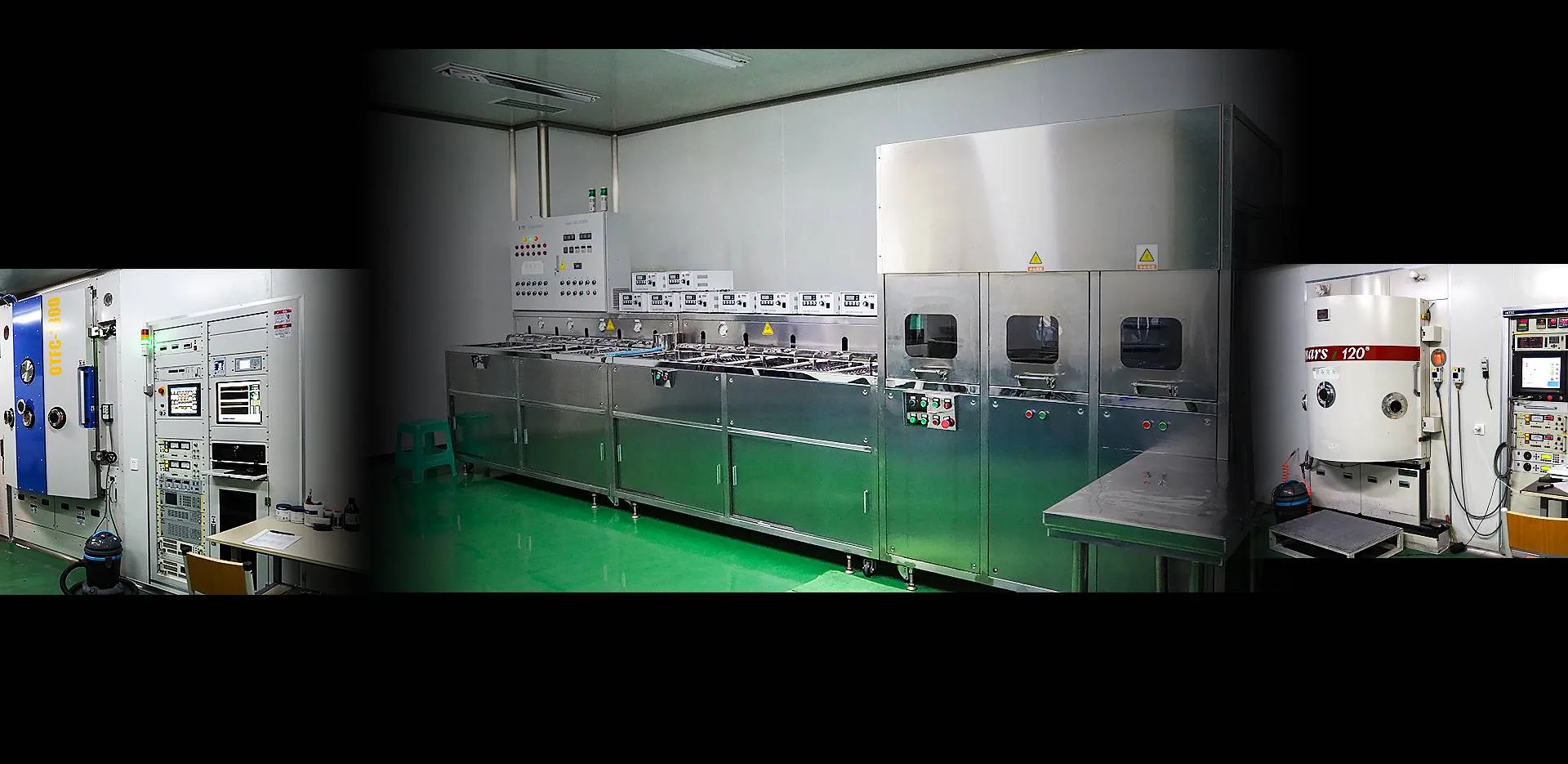- 1. Why do we need a light pollution suppression filter?
- The astrophoto is much easier washed out by sky background, that is what we say overexposure, which makes the longer exposure impossible. But we all know that It is important to expose your images so that the faintest detail is up out of the readout noise of your DSLR camera. Light pollution filter designed for blocking wavelengths of skyglow, and more generally light pollution, and passing other wavelengths (particular the nebula emission lines), thus allows longer astrophoto exposures to be made. Filters blocking light pollution while not weaken on signals of objects. It is true that longer exposure times are available when light pollution filters work while exposure effects will not change with and without filters.
- 2. Some Misconceptions of Light Pollution Suppression Filters
(1)Filters make nebulae brighter.
This is incorrect. Filters subtract light, making objects dimmer. In the case of filters designed for light pollution suppression, wavelengths from certain types of artificial lights are blocked, but other wavelengths (particular the nebula emission lines) are allowed through, thus improving contrast. This allows longer astrophoto exposures to be made before the sky background begins to wash out the image desired. Visually, the contrast increase may be perceived to be an increase in brightness.
Filters make the contrast of nebula and sky background increased, not brighter nebula.
(2)Filters make nebulae easier to see.
This is true only if properly used. If used in an urban environment, there are often sources of light (including the sky itself) which prevent full dark adaptation of the eye (about 30 minutes in full darkness is normally required). Artificial lights are blocked, but nebula emission lines are allowed through, thus improving contrast, which makes nebulae easier to see.
(3)Filters work on all objects.
This is not true of all light pollution suppression filters to the same degree. In general, broadband sources (galaxies, clusters, stars, or reflections of stars) which emits light in a continuous spectrum will not experience as great a contrast gain as emission line objects. Filters designed for visual use or to select specific narrow emission lines (e.g. H-Beta,OIII,etc.) may suppress broad parts of the spectrum, decreasing the light from broadband sources even more than filters designed for balanced color photography.
Choose reasonable filters according to deep sky objects and light pollution level
(4)Filters will block all light pollution.
This is not true. Many light sources such as car headlights are still broadband sources and will not be effectively blocked.
(5)Filters increase exposure times.
While light pollution suppression filters will slightly increase the exposure times of emission line objects in their bandpass and affect broadband sources somewhat more, they do not require increasing the length of an exposure. However, because they increase the contrast of emission line objects compared to the sky background, it is usually desirable to increase exposure times to make better use of the imaging media’s dynamic range.
The transmission > 98% in the bandpass of light pollution suppression filters such as UHC and CLS, thus there is basically no change on exposure times with and without filters.
Greater structural detail and contrast will be gained by increasing exposure times without overexposure.
While it is necessary to increase exposure times when filters work on broadband sources of galaxies, clusters, stars, and reflections of stars.
No need for narrowband and line filters.
- 6. High optical quality filters should be qualified as bellows:
- (1)Each Optolong substrate is Germany Schott glass which is precisely optical-polished over the entire surface to deliver the desirable parallelism and surface flatness.
- (2)Dichroic Multilayered coating on all surfaces as an antireflection coating on the rear side. The ion beam assisted deposition coatings coated to the edge of each Optolong filter ensuring ultra-hard coatings with high density and stable spectrum characteristics which will not change by temperature shift .
Sincerely,
Optolong Optics Ltd
